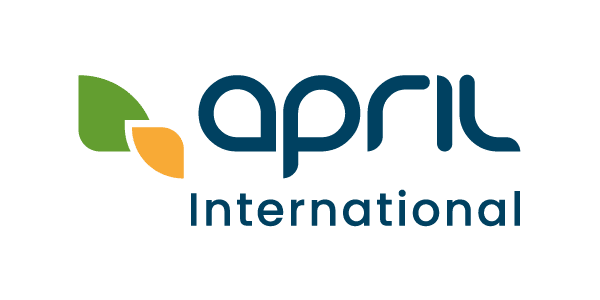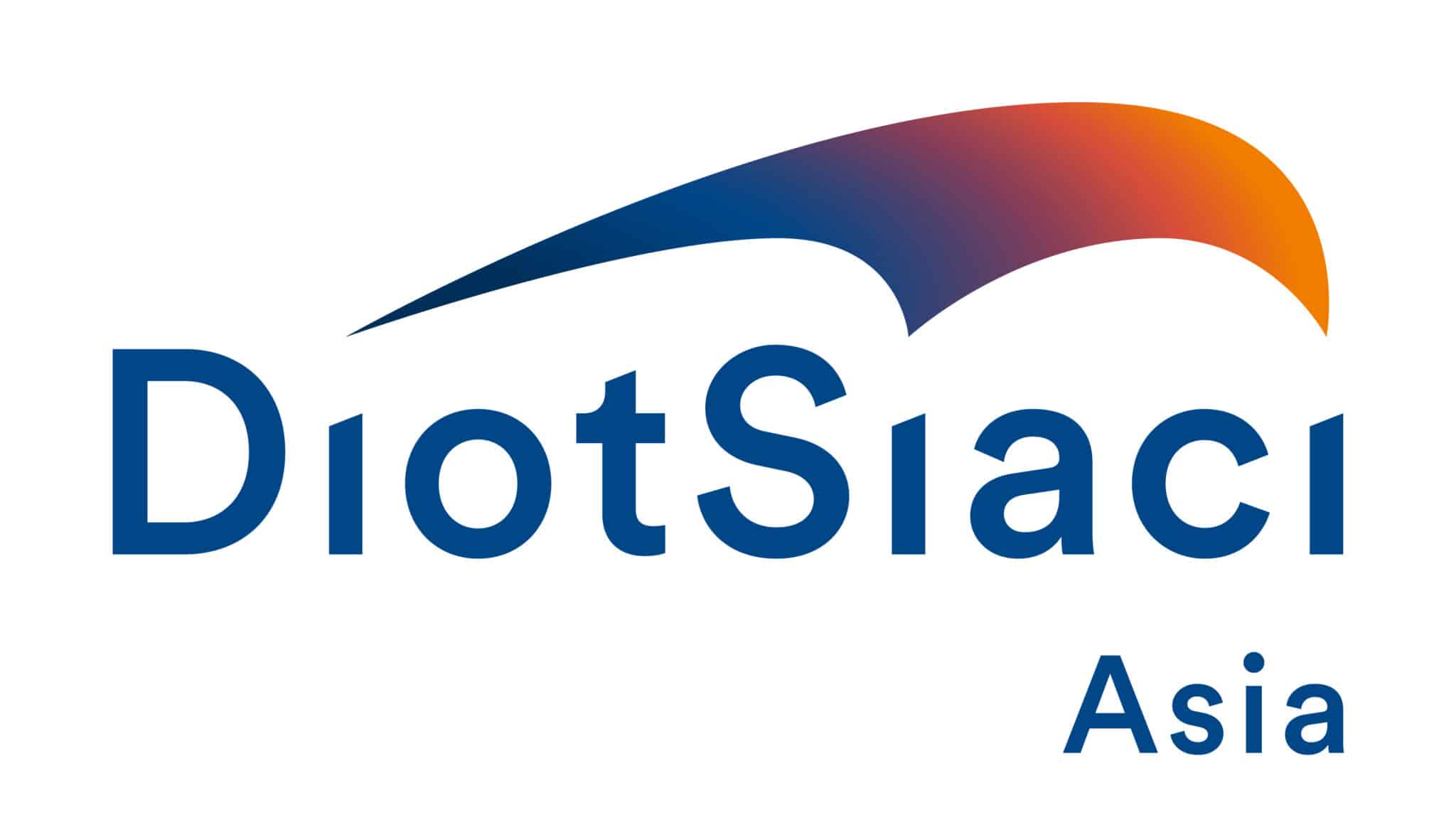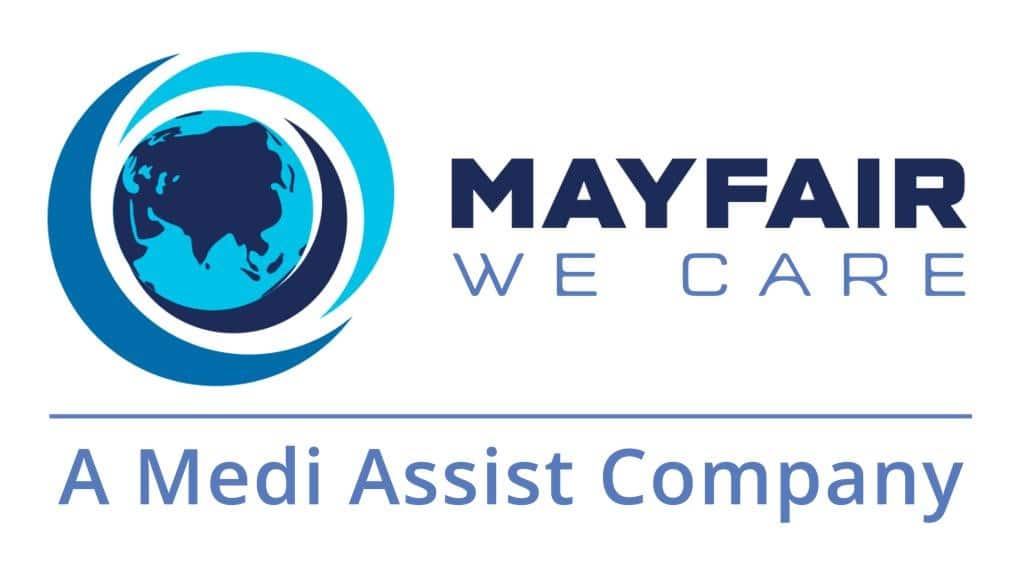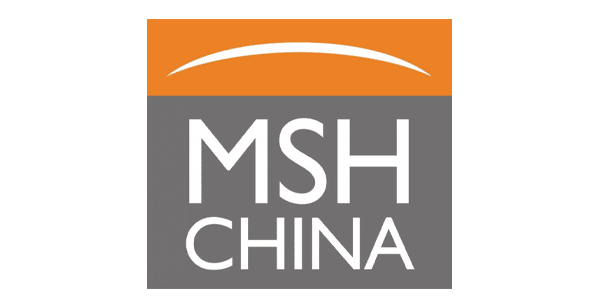
Everyone you speak to will all have something to say about the best way to introduce solids and the ‘rules’ you should follow. However they will all be telling you something different. It can make life very difficult for a mother to know what the right thing to do is. However everyone has a different opinion because there is no right or wrong way. The introduction of solids has varied significantly over time and across cultures. Babies are all different and what works for one baby/family may be very different for another. The secret is to do what you feel comfortable with and follow your baby’s queues and mothers intuition.
When to introduce food
The American Academy of Pediatrics (AAP) and World Health Organization (WHO) currently recommend that complementary foods be introduced around 6 months of age. Introducing solids before your child is ready is not advisable as young infants do not have the coordination or skills to swallow safely which could lead to aspiration. They also have a reflex known as the tongue thrust reflex that causes them to raise the tongue and push out any objects, which does not disappear until between 4-6 months of age. Withholding solid foods after your infant is six months of age may lead to decreased growth or iron deficiency, which is one of the most common nutrient deficiencies.
The best time to start solid foods depends not only on your child’s age, but also on your child’s ability. Your infant should be able to do the following:
- Sit with support
- Have good head and neck control
- Show readiness for supplemental foods by placing their hands or toys in their mouth, or reaching for food
- Lean forward and open the mouth when interested in food, and lean back and turn away when uninterested in the food or not hungry
Traditional Weaning
The more traditional introduction of food is often in the form of iron fortified rice cereal or pureed foods. There is no one food that is
recommended as a first food. Single-ingredient foods should be introduced first, one at a time, every few days, to determine if your child has an allergic reaction. If your child has no signs of a reaction then a second food may be added. The goal is to expose your infant to new flavours and textures, the amount eaten is less important. The order in which foods are introduced is probably less important then the texture and consistency. First foods contain one ingredient and are finely pureed. Second foods can be thick puree or strained and contain 2 or more ingredients. Third foods are usually combinations of food with texture and lumps to encourage chewing.
Baby Led Weaning
Baby-led weaning is a way of introducing solid food that allows babies to feed themselves, there’s no need for spoon feeding or purées. The baby sits with the family at mealtimes and joins in when they are ready, feeding themselves first with fingers and later with cutlery. The food is placed in front of them and they are left to decide what and how much to eat. Parents should not force or persuade them to eat more. This allows babies to explore taste, texture, colour and smell, encourages independence and confidence, helps to develop their hand-eye coordination and chewing skills and makes picky eating and mealtime battles less likely. At 6 months most babies are able and ready to feed themselves. Some parents have concerns regarding choking. However provided the child is sitting upright, no chokable foods are offered and the baby is allowed to control what goes in their mouth, choking is no more likely with baby led weaning.
You can share most family foods with your baby, however start with foods that are soft and can be cut into sticks or strips so they are easy to pick up. Introduce new shapes and textures gradually so they can work out how to handle them. Offer your baby a variety of food to help ensure they get all the nutrients they need. Most importantly keep it enjoyable and expect some mess.
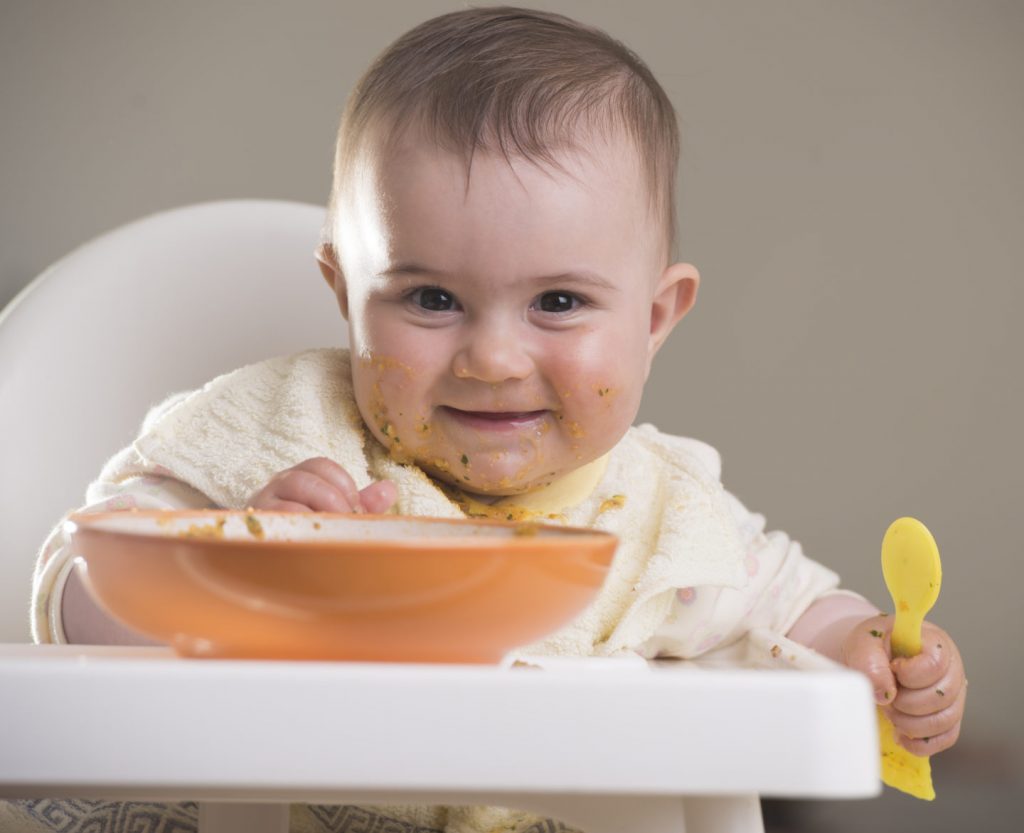 Foods to avoid
Foods to avoid
While it is often debated about what foods to introduce and how to introduce them, the foods to avoid are often very clear and apply to both traditional weaning and baby led weaning. It is important to avoid hard, round foods that could cause choking, such as whole grapes and cherry tomatoes, raw carrot, whole or crushed nuts. Honey should not be given until after 1 year of age due to the risk of botulism, a harmful bacterial toxin. Cows milk is not recommended as a drink as it does not contain adequate iron. And lastly added sugar and salt should be avoided.
Allergens before 6 months
Concern about highly allergic foods such as eggs, nuts and fish is really only of any concern to infants at high risk of developing allergy. These infants have at least one first degree relative (parent or sibling) with an allergic condition, including food allergy, asthma or atopic dermatitis.
Previous guidelines from 2000 advised these parents to delay the introduction of allergenic foods, however the advice has now changed as studies did not have enough evidence to support this. Furthermore there is new evidence that early introduction and regular exposure may actually reduce the risk of allergy, so current recommendations are to introduce these foods between 4-6 months of age.
Dr Kaye McMullan trained in Australia and is based at IMC Katong.
www. imc-healthcare.com




